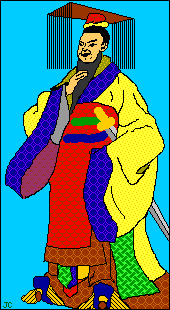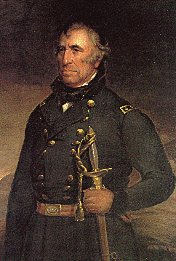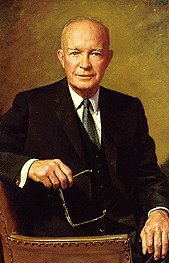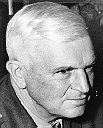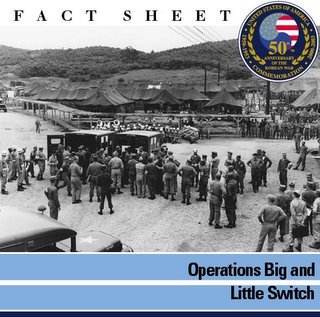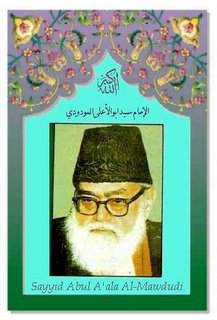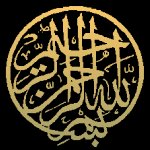Anti-Mine

This is coolbert:
For a fifteen year period beginning in the mid-1960's, the "rogue" nation of Rhodesia faced an insurgency that posed particular dilemmas to the breakaway British colony. Having unilaterally declared independence [UDI] from Britain, the Rhodesian military faced an almost insurmountable problem from various quarters.
A small country, not wealthy, having resources albeit of a limited nature, the white minority regime of Rhodesia attempted to quell for over a decade an insurgency that seemed to have every advantage in the world.
Insurgents far outnumbering the government forces, having sophisticated communist mentors, an abundance of small arms and associated munitions, and safe haven in neighboring black ruled African countries, seemed to be headed to an easy victory over the pariah nation of Rhodesia.
This easy victory was just not to be.
The white Rhodesians did have leadership that did not balk at taking measures they saw fit to defeat the insurgents. The white population was motivated, and determined to defeat what they saw as "red communism" [Robert Mugabe, leading one of the factions opposing the white minority regime of Rhodesia, WAS and IS a communist!].
The Rhodesians demonstrated that IT IS possible for a small nation to successfully wage war against an enemy that is numerically superior. An enemy that SEEMS to have every advantage. The Rhodesian military fought an inspired, intelligent, and ruthless campaign to defeat the insurgents. In this they were ultimately unsuccessful. But they did hold out for fifteen years. And gave a good account of themselves.
During that fifteen year insurgency, the Rhodesians faced some obstacles that at first must have seemed to be insurmountable for a nation lacking international support of any kind.
One such obstacle was the use of land mines by the insurgents. Land mines that were spread by the insurgents [referred to as the terrs [terrorists]], in abundance. The insurgents were supplied an almost unlimited number of land mines by their communist allies. The road system in the agricultural areas of Rhodesia being primarily hard packed dirt, land mines that proliferated like weeds became perhaps the favorite weapon of the terrs.
To combat the line mine threat, the Rhodesians were resourceful and imaginative. Careful study of the problem and possible solutions DID allow the Rhodesian military to come up with innovative methods to counter the land mine threat.
One solution was the "Hippo" personnel carrier. A unique vehicle among the militaries of the world. A troop-carrying vehicle that provided for road and cross-country travel across rough terrain while affording protection from land mines.
It can been seen from the construction of the "Hippo" that a lot of thought was put into the design of this troop carrier. Among the features of the "Hippo" are features that in part would mitigate a land mine explosion. The "Hippo" included:
High ground clearance.
Large, wide, oversize tires.
A cab with accommodation for the driver only. This cab provided for all-around protection.
A vee-shaped hull that doubled as a water tank.
Passenger seats for two infantry teams of five men each. One team on each side of the vehicle centerline. Passengers facing outward, strapped securely in place during vehicle movement.
That vee-shaped hull in particular had the ability to deflect the blast from a detonated mine outwards and away from the vehicle. Water stored in the tank directly above the vee-shaped hull would further cushion the land mine detonation and protect the troops seated above. Operating in arid regions, the water tank not only helped to protect against land mine blast, but provided an abundance of water for the troops as well.
High-ground clearance, oversize, wide tires, a protected cab for the driver, and a souped-up engine allowed for cross-country movement in rough terrain. Each convoy of "Hippos" was reputed to have a vehicle accompanying the convoy carrying nothing but spare tires. Such was the rough nature of the terrain Rhodesian infantry operated in [the bush].
Another vehicle developed by the Rhodesians to combat the land mine problem was the "pookie".
The "pookie" was another unique vehicle that was put to good use to detect and detonate land mines. See a web site where the "pookie" is shown by clicking here. [This site has some other interesting features. Looking at the photos, there is one snapshot [caption is "The Pookie At War"] that shows a Russian T-34 tank in operation. This tank evidently has been captured by the Rhodesian from someone and has been put to use against the previous owners. You may recall that I have previously blogged concerning the T-34. First designed in 1934, that tank was still being used in southern African in the mid-1970's!!!].
The "pookie" DID work. DID it's job and in a fine fashion. Nations such as Rhodesia, using their initiative and resourcefulness, can come up with military solutions that are innovative and DO WORK [another such small nation is of course Israel]!!!
Go here to see a web site that shows a modern day refurbished version of the "pookie"!! This "thing" is still going and doing it's job!!
Like I have said in many previous blog entries, sometimes the old ways are the best ways. And sometimes the not so old ways are the best ways. What is the U.S. Army using now in the effort to clear roadsides in Iraq of improvised explosive demolitions [IED]?? A vehicle that looks similar to the "pookie". What appears to be an engineering road grader has been modified to clear IED from roadsides in Iraq. Has the apparatus on it for such clearing, and what appears to be an armored cab for the driver.
And of course, Hans [Waggemueller] the German SS officer who supposedly commanded the German SS battalion in Indo-China has to have the final say on mine clearing vehicles. Evidently the Germans under Hans DID encounter a similar situation to what the U.S. is now facing in Iraq. And DID have innovative solutions to the problem. Regarding convoys his battalion ran during the first Indo-China war:
"The vehicles . . . With an old GMC truck leading the way . . . We fitted the front of the GMC with a pair of heavy steel wheels, in line with the front tires but nine feet ahead. The wheels could be raised or lowered on their hinged mounts by the front pulley. They were ordinary transmission wheels which used to drive the machinery of an old mill; heavy enough to detonate pressure mines yet sufficiently solid not to break easily but rather to lift upward should a charge explode under them. Curved steel plates and inch thick shielded the driving compartment and the tires from fragments . . . Defense against command-detonated mines was not easy . . . We devised a primitive contraption, a sort of narrow-bladed, sturdy hoe which the GMC dragged along the roadside to pick up the wires of such command detonated mines. A swivel socket with springs prevented the hoe from breaking when it caught a root or a stone."
There is no easy answer to land mines period. The problem CAN be addressed. But imagination and initiative are needed. And bring some mechanical skills too.
[personal note: I would venture that the Rhodesians had a lot of people that were experienced at farming and knew farm equipment and the repair and modification of same thereof. Such people could put contraptions together using their ability to modify and keep going old farm equipment. Such people are good at tractor pulls, chunkin-pumpkin shoots and the like. People with just good old fashioned practical knowledge].
coolbert.
